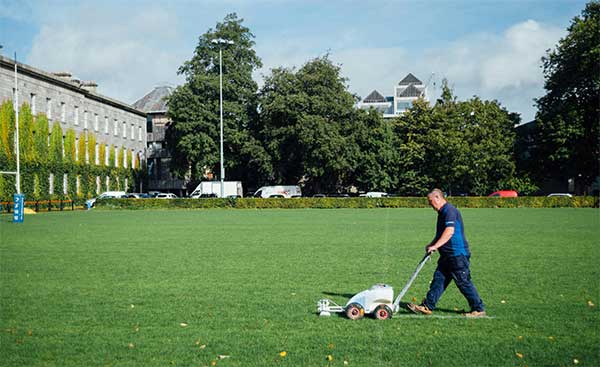Replacing a lawnmower belt may seem intimidating at first, but with the right approach, it’s a straightforward task that can save you time and money. A worn or broken belt can significantly impact your mower’s performance, resulting in uneven cutting or even preventing the blades from spinning altogether. By following this step-by-step guide, you can ensure your mower runs smoothly and efficiently throughout the season.

Gather Tools and Safety Gear
Before you begin, it’s essential to prepare the right tools and safety equipment. Having everything on hand will make the replacement process smoother and safer. Here’s what you typically need:
- A set of wrenches or a socket set
- Screwdrivers
- Pliers
- Replacement belt suitable for your mower
- Gloves
- Safety glasses
Safety should always be your top priority. Always disconnect the spark plug before working on your mower to prevent accidental starts. Wearing gloves and safety glasses will protect your hands from sharp edges and debris. With these precautions in place, you can proceed confidently to access the belt area.
Access Belt Area
The next step is to locate and access the mower deck where the belt is installed. On most riding mowers and larger push mowers, this involves removing the mower deck or lifting it to expose the pulleys and belt.
Start by consulting your mower’s manual to identify the correct belt routing. This is crucial because installing a belt incorrectly can cause damage or poor performance. Once the deck is lifted or removed, you should be able to see the pulleys clearly and identify the current belt. At this stage, it’s helpful to take a photo of the belt’s path to guide you when installing the new one. You will now be ready to work with the lawnmower belt safely and efficiently.
Release Tension
Most mower belts are kept tight by a tensioner pulley or spring mechanism. To remove the old belt, you first need to release this tension.
Locate the tensioner, usually a small pulley connected to a spring or lever. Use a wrench to rotate the tensioner and relieve pressure on the belt. On some mowers, the tensioner may require loosening a bolt or manually adjusting it. It’s essential to keep track of the tensioner’s position, as this will aid in re-tensioning the new belt. Once the tension is released, the belt will be loose enough to remove without resistance.
Remove Old Belt
With tension released, you can carefully slide the old belt off the pulleys. Take note of any wear patterns or damage on the old belt, as this can indicate alignment issues or other maintenance needs.
When removing the belt, avoid using excessive force that could damage the pulleys. In some cases, you may need to remove additional components, such as the blade or deck covers, to free the belt completely. Dispose of the old belt responsibly, and ensure your workspace is clear to prevent accidents during installation.
Install and Re-Tension
Installing the new belt requires following the correct routing and ensuring it sits properly on all pulleys. Use the photo you took earlier as a guide, or consult the mower manual for the precise path.
Begin by placing the belt around the larger pulleys first, then work toward the smaller ones. Ensure the belt teeth, if applicable, align with the pulleys correctly. Once the belt is in position, reapply tension by moving the tensioner back into its original position. The belt should be snug but not overly tight; a properly tensioned belt allows minimal play while turning freely by hand.
Double-check that the belt is seated evenly on all pulleys. Misalignment can cause squeaking, premature wear, or slippage during operation. Adjust the tension as needed to ensure smooth rotation.
Test Mower
After installation, it’s time to test the mower. Reconnect the spark plug and start the engine in a safe, open area. Engage the blades and drive system to verify that everything operates correctly.
Pay attention to unusual noises, vibrations, or slipping belts. If any issues appear, stop the mower immediately and inspect the belt and pulleys for proper alignment and tension. A properly installed and tensioned belt ensures your mower cuts evenly and performs efficiently, saving you both time and frustration in the long run.
Replacing a lawnmower belt is a manageable DIY task when approached methodically. With the right tools, attention to safety, and careful installation, your mower will be back to optimal performance in no time. Regular inspection of the belt and tensioner can prevent unexpected breakdowns, ensuring a smooth mowing experience season after season.
Next up…




